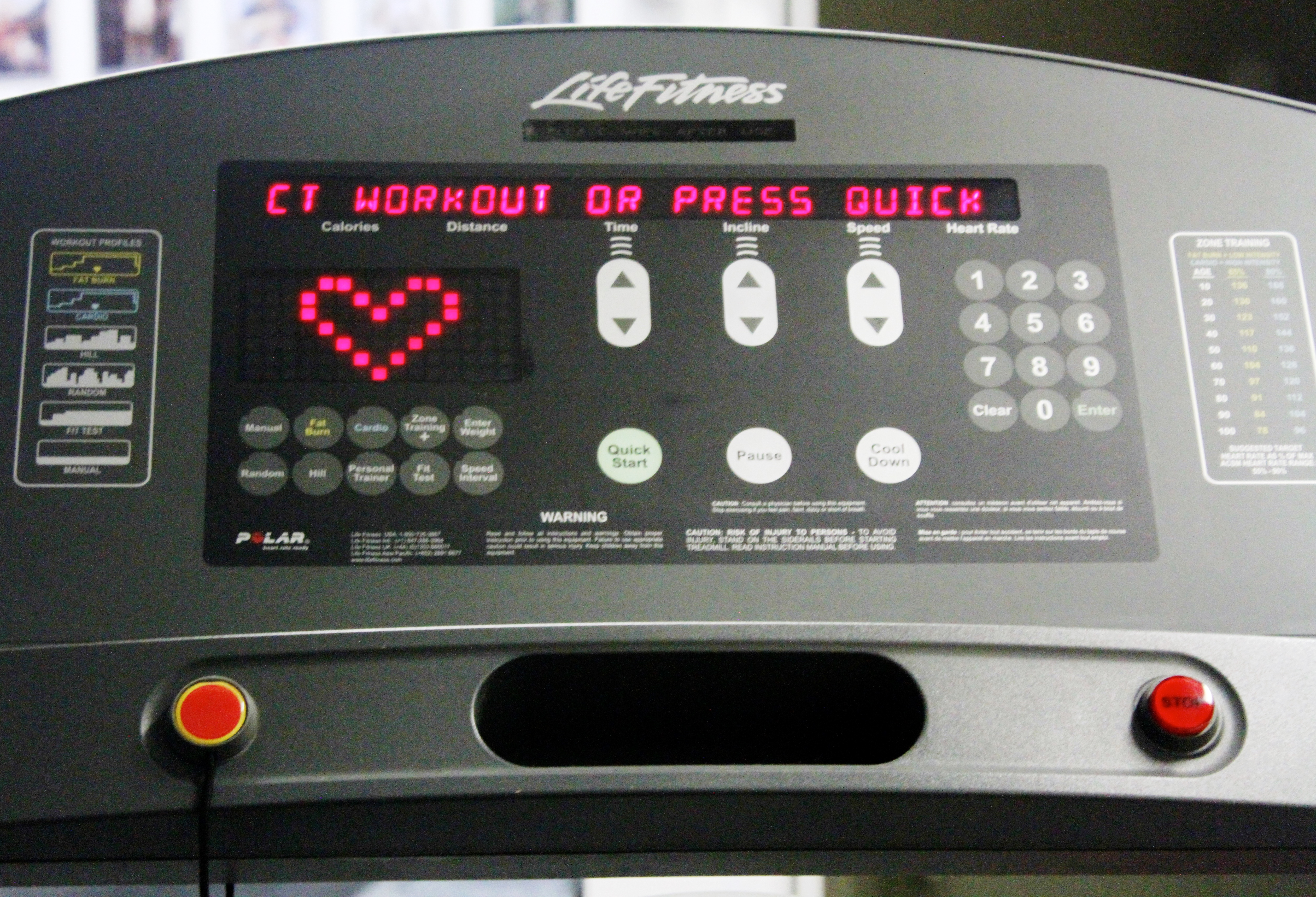Data is Useless Unless Applied To Training and Racing
Posted by Matt Russ on 1st Sep 2015
 Many athletes are awed by new training technology, and their is no doubt it continues to march forward at a fast pace. In the last five years training computers have added many new features and subsequently become increasingly complex. The question I often ask myself is whether these new data streams actually lead to performance improvement. At the end of the day the data must be used to affect change in some way. Simply creating information with no real application does nothing but waste time and perhaps create confusion.
Many athletes are awed by new training technology, and their is no doubt it continues to march forward at a fast pace. In the last five years training computers have added many new features and subsequently become increasingly complex. The question I often ask myself is whether these new data streams actually lead to performance improvement. At the end of the day the data must be used to affect change in some way. Simply creating information with no real application does nothing but waste time and perhaps create confusion.
I will use the Garmin 920XT as an example. When it was first introduced we had triathletes lined up with their credit card to pre-order it as it had the new "swim" features that calculated pace, stroke count, and "swolf" a metric of swim efficiency. It was assumed that this data would help identify and improve their swimming, the hardest part of a triathlon to improve upon. After the device had been in use for six months or so I often asked our customers if they were still uploading and reviewing their swim data; and I have yet to find one that does after the novelty wore off.
I believe the reason no athlete (in my experience) has actually utilized these features consistently is that the data is fairly benign. It is easy to calculate your distance per stroke without a computer, or count laps, or use the pace clock. Simply telling you that you are an inefficient swimmer is likely something you already knew. How to actually improve on your efficiency is very useful information. If the watch had directed the swimmer to the nearest qualified swim coach it would be far more useful. The same holds true for the run metrics such as cadence, vertical oscillation, and ground contact time. These metrics are incredibly important when it comes to running efficiently, in fact they are the basis of good running form. But simply knowing what the numbers are does not lead to improvement. More expensive power meters calculate the difference between left and right power output. But almost all athletes have a variance between their left and right due to natural or functional leg length discrepancies, left/right dominance, as well as a variety of other factors. Does knowing that you produce 2% more power in your right leg lead to actual improvement?
Running and swimming are extremely complex biomechanically. Swimmers will train for years, and make the smallest adjustments to their strokes, to gain a few fruitful tenths of a second. Running contrary to popular belief is a learned and highly trained sport. In both cases efficiency must be taught, and learned, in order for improvement to take place.
We are bombarded with more information from newer devices on a daily basis, and the amount of information seems to be increasing exponentially. But It is important to disseminate not just the quality of the data but the usefulness. It is easy to believe that purchasing a device will lead to performance improvement. But in fact, when it comes to efficiency, quality instruction, repetition, and patience are required. The first step in coaching is to gather the data, but that is just the very beginning. Next comes the use and application of said data. If you really want to improve your swimming, become a more efficient runner, or refine your pedal stroke you must find and adhere to a process that addresses your specific limiters- specifically.


